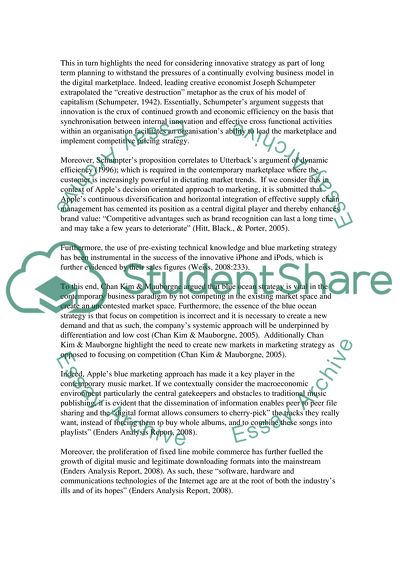Cite this document
(Advanced Marketing Strategy of Apple Case Study, n.d.)
Advanced Marketing Strategy of Apple Case Study. https://studentshare.org/marketing/1728217-advanced-marketing-strategy
Advanced Marketing Strategy of Apple Case Study. https://studentshare.org/marketing/1728217-advanced-marketing-strategy
(Advanced Marketing Strategy of Apple Case Study)
Advanced Marketing Strategy of Apple Case Study. https://studentshare.org/marketing/1728217-advanced-marketing-strategy.
Advanced Marketing Strategy of Apple Case Study. https://studentshare.org/marketing/1728217-advanced-marketing-strategy.
“Advanced Marketing Strategy of Apple Case Study”. https://studentshare.org/marketing/1728217-advanced-marketing-strategy.


